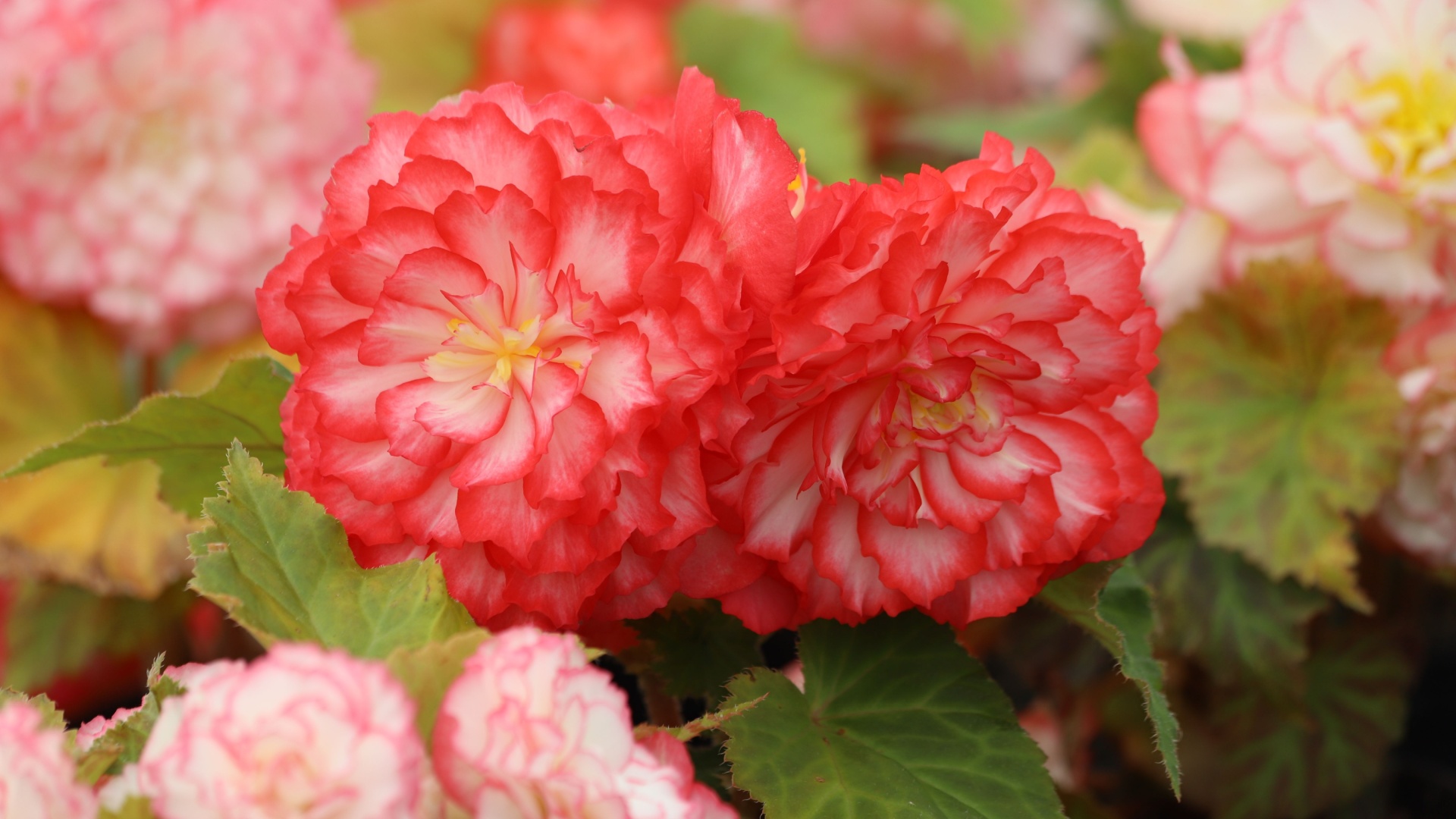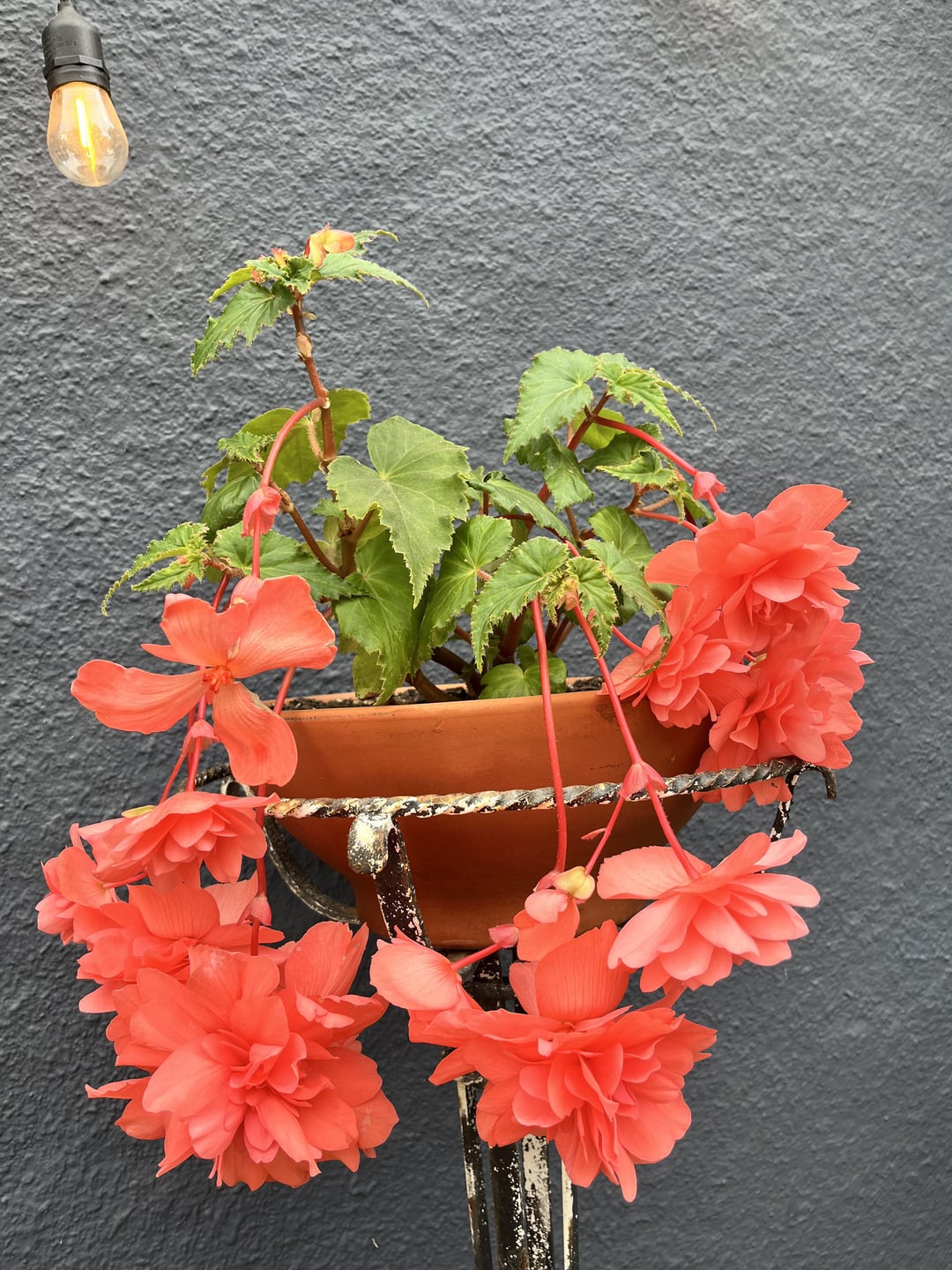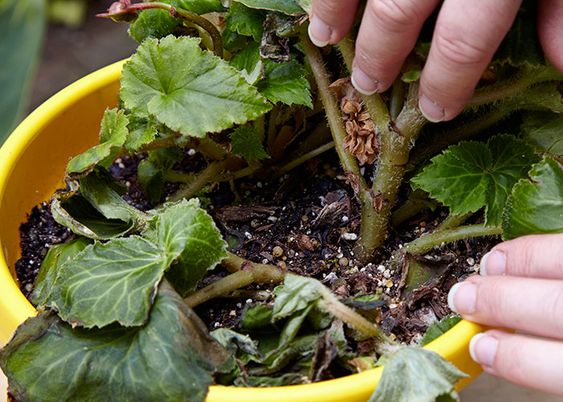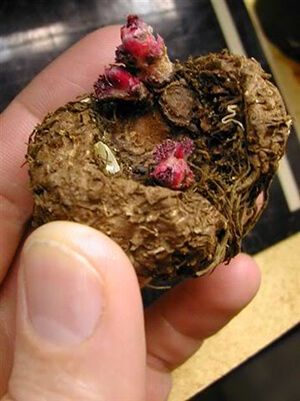Is there anything prettier than watching your tuberous begonias’ rose-like blooms all summer long? Even if they are less fragrant than other plants, these eye-catching tropical flowers have won hearts all over the world!
I got my tuberous begonias a few years ago. As I was enjoying a new colorful display in my garden, one thought crossed my mind.
It was the end of fall, and I started thinking about how they would survive winter. I got into action right away and started searching for some overwintering tricks!
There were a few I found, but they weren’t promising because winters in my area can be quite cold. I kept researching all day and night until I found new steps for winterizing tuberous begonias, which turned out to be excellent for them.
My tuberous begonias successfully survived that winter, and ever since then, I have used these tricks to overwinter them and they’ve kept blooming every year for three seasons now! If you also want to enjoy next summer in view of your amazing tuberous begonias, I’ve got you covered.
#1 Stop Fertilizing Your Tuberous Begonias Right Now
The first step is to wind down the growth of your tuberous begonias. Your goal is to make them go dormant. That’s why you need to stop fertilizing them as soon as fall arrives!
But not only that, you’ll also need to reduce watering, remove side shoots, and prune damaged or wilted leaves. Make sure not to cut the main stems and leaves because they need to stay on your plants!
Now your tuberous begonias are packed with nutrients and ready to go for a long nap over the winter.
#2 It’s Time To Get Your Hands Dirty
For this part of the job, you’ll need your gardening gloves because it’s time to take the tuberous begonias out of the soil. After you have completed the previous step and reduced watering, monitor your tuberous roots and dig them out of the ground or container when the soil feels dry.
Be careful not to damage the root system while digging! Once you finish with that, shake off any soil that’s left on the tubers, place them on a newspaper, and do a little inspection. Look for any diseased or damaged bits and cut them away with a sharp knife!
#3 Bring Them Indoors And Store Them This Way
The best way to overwinter your tuberous begonias and protect them from the cold is to place their roots in a separate paper bag and put them in a cardboard box! If you are wondering why you are separating them, it’s because there will be no risk of fungal diseases.
Cardboard boxes should be stored in a cool, dark, and dry location with an ideal temperature between 40 and 50°F!
#4 Tricks You’ll Need To Know When Spring Arrives
When spring comes, you’ll need to prepare them for blooming again! What you’ll need to do is check them around March and start the process of warming them up for planting.
You’ll be able to notice that they have started producing pinkies (the growing points on the tubers). If you don’t spot them, don’t worry, they will appear as soon as the temperature gets warmer.
The next thing you need to do is place them in pots. Make sure that the soil is well-drained and filled with good quality potting soil!
Now you know how to overwinter your tuberous begonias in the best way possible! With these easy tricks, you’ll be able to prepare these adorable plants to survive winter and come back with even larger and prettier flowers.
You should start overwintering your tuberous plants since it’s just a matter of time before the first frost hits your garden! When the next season arrives, your tuberous begonias will thrive perfectly, providing your garden with the most beautiful view throughout the summer!
Good luck!





